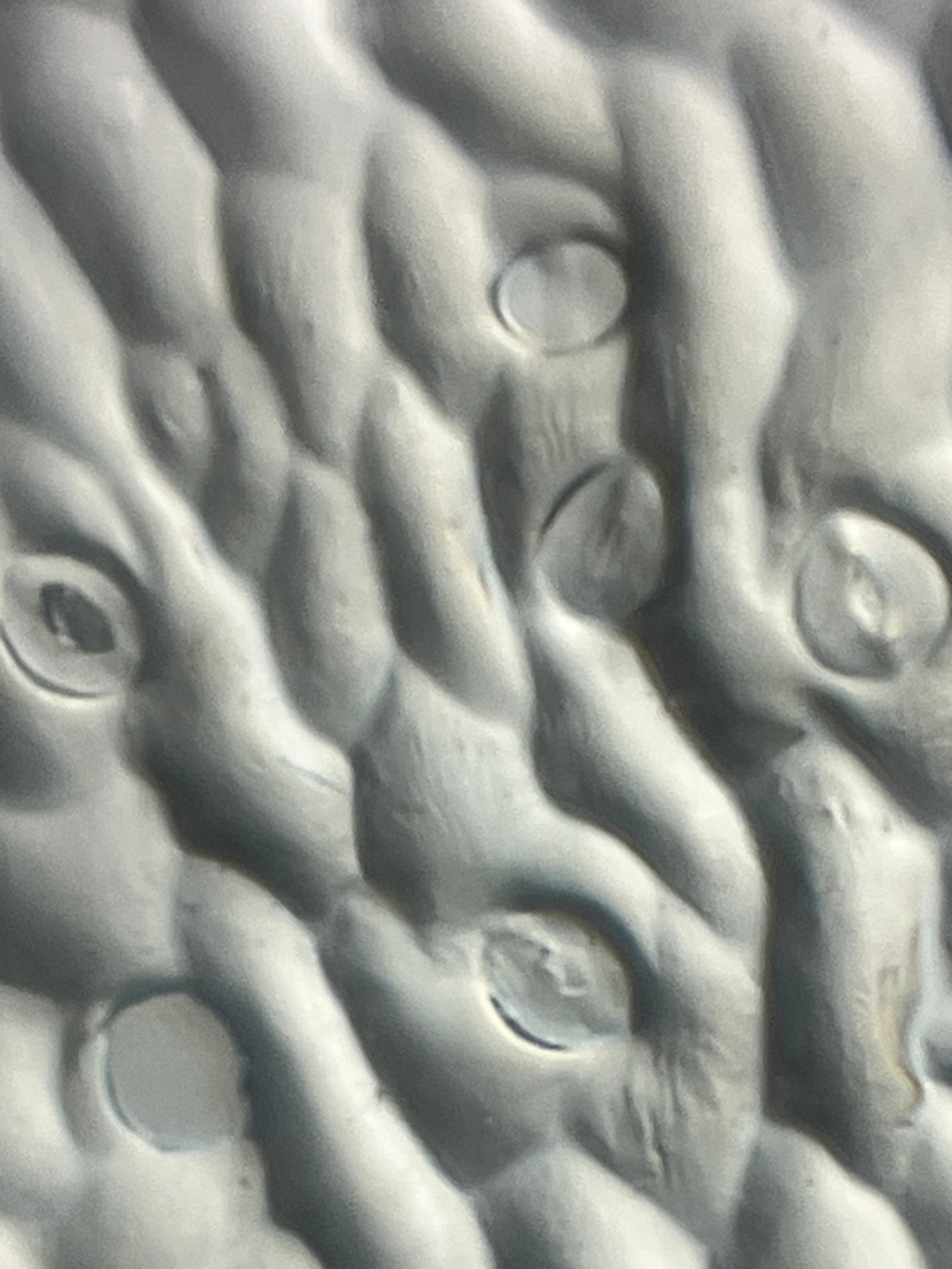Question:
Where can you find hidden colors, shapes, and patterns in nature?

Nurture your students’ curiosity with a scavenger hunt! Summer is a great time to let students explore their learning environment with a focus on the outdoors! This activity works for the beginning microscopist and the students with more experience. So grab your Foldscope and begin your search!

Background:
The microscopic world is full of surprises. Plants and animals have secret shapes, colors, and patterns hidden in a variety of places. Your students will collect samples, prepare dry and wet mount slides, and learn the importance of proper magnification and lighting as they search for the items on their list. The trial and error approach to sample and slide prep, conducted during a game-like setting, will provide students the opportunity to develop their scientific thinking skills. The hands-on macroscopic and microscopic observations of leaves, flowers, soil, and bugs at the beginning of the school year will lay down a solid foundation for your students’ science learning throughout the year.

Materials/Procedure:
This is an outdoor activity, so keep health concerns related to sun exposure and allergies in mind. Review safety rules for collecting water samples, touching spiny or thorny plants, only studying bugs that are already dead, and determining physical boundaries for exploration. If your outdoor space is limited, this activity can be done indoors by bringing plants, flowers, sand, and other outdoor elements into the classroom. You can also allow your students to explore materials that they find inside.

Materials:
- Science notebook
- Pen/pencil
- Classroom Set of Foldscope 2.0s
- Blank Trading Cards
- Clear Stickers
- Tweezers
- Ring Stickers (if doing water samples)
- Eppendorf Tubes (if doing water samples)
- Pipettes (if doing water samples)
- Classroom Set of 2.0 LED Light Modules
- Classroom Set of Lenses (50X and 340X)
- Phone Couplers
- Scavenger Hunt List (create and print this ahead of time) that includes the following possible items:
- Shapes (circles, squares, triangles, hexagons, etc)
- Lines (zig zag, wavy, parallel, perpendicular, etc.)
- Colors (primary, secondary, white, brown, black, etc.)
- Patterns (stripes, dots, spirals, etc.)

Procedure:
- Teach students how to use the Foldscope 2.0 and attach the phone coupler to their phone or tablet.
- If extra help is needed, use the Foldscope 2.0 Expert Tips video series.
- Give each student a scavenger hunt list.
- Provide safety instructions for outdoor exploration.
- Encourage students to look at different parts of plants (roots, stems, leaves, flower petals, pollen), different types of soil and sand, fabrics, insects, pond water samples, and anything that looks interesting to them.
- Take pictures at both the macro and microscopic levels.
- Students should document the following in their science notebooks:
- Name of the sample
- Location where sample was found
- Macroscopic and microscopic descriptions and drawings
- Level of magnification and digital zoom on phone/tablet
- Other important pieces of information about their discoveries
- Ask students to reflect on their observations and infer how they relate to natural phenomena.
- Remind your students that there are no right or wrong answers here, but they should support their inference with evidence from their observations.
- Note: this is a great way to collect data for future science experiments, demonstrations, or explorations throughout the school year based on student responses.
- Some sample questions to record in their science notebooks include:
- How did the sand particles form the shapes you observed?
- Did you observe the same shade of green in each leaf cell? Why or why not?
- How do the patterns you observed on the insect wings help them to survive?

Note that, depending on your class and objectives, it could be fun to use limitations to add an extra level of challenge to this activity. For example, asking students to find as many shades of green as they can, or to focus only on discovering sets of parallel lines, can lead to some interesting and creative sample collecting!

Extension:
This blog ties together the three dimensional framework of the NGSS. It covers the all three Disciplinary Core Ideas of Physical, Life, and Earth & Space Sciences. Students will see the Crosscutting Concept of Patterns. This activity is also a way for students to deepen their understanding of the Science and Engineering Practice of Planning and Carrying Out Investigations.

However, this exploratory activity can go beyond the science classroom. Join forces with:
- a Social Studies teacher to construct a detailed map of the outdoor space along with tags showing where each of the scavenger hunt items were found,
- a Math teacher to create mathematical models using the microscopic images,
- an ELA teacher to write a guide for new microscope users that describes some surprising places to find microscopic shapes, colors, and/or patterns,
- and a related arts teacher to create a series of posters that use microscopy images to demonstrate the elements and principles of art!

Connect:
Share your observations, discoveries, pictures, and interdisciplinary extension activities with the Foldscope community. Submitting your Foldscope images related to the topic to the Microcosmos will help build up a strong scientific database that can help support new and innovative scientific research!


